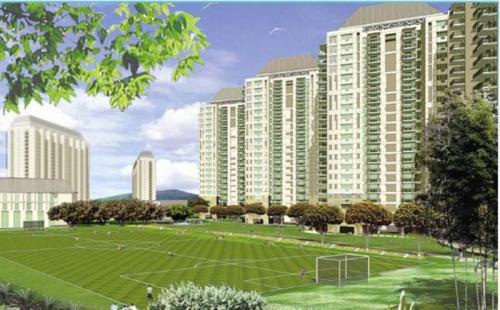leh

Leh was the capital of the Himalayan kingdom of Ladakh, now
the Leh district in the Indian State of Jammu and Kashmir. Leh district is the
second largest district in the country, after Kutch, Gujarat. The town is still dominated by
the now ruined Leh Palace, former mansion of the royal family of Ladakh, built
in the same style and about the same time as the Potala Palace.(The Potala
Palace was the chief residence of the Dalai Lama until the 14th Dalai Lama fled
to Dharamsala, India, during the 1959 Tibetan uprising.) Leh is at an altitude
of 3524 metres, and connects via National Highway 1D to Srinagar in the
southwest and to Manali in the south via Leh-Manali Highway
|
Nubra Valley

Nubra is a tri-armed valley located to the north east of
Ladakh valley. Diskit the capital of Nubra is about 150 km north from Leh town,
the capital of Ladakh district, India. Local scholars say that its original
name was Ldumra (the valley of flowers). The Shyok River meets the Nubra or
Siachan River to form a large valley that separates the Ladakh and Karakoram
Ranges. The Shyok river is a tributary of the Indus river. The average altitude
of the valley is about 3048 metres above the sea level. The common way to
access this valley is to travel over the Khardung La pass from Leh town.
Non-locals require an Inner Line Permit to enter Nubra.
|
Pangong Lake

Pangong Tso, also referred to as Pangong Lake, is an
endorheic lake in the Himalayas situated at a height of about 4,350 m. It is
134 km long and extends from India to Tibet. Approximately 60% of the length of
the lake lies in Tibet. The lake is 5 km wide at its broadest point. All
together it covers 604 km. During winter the lake freezes completely, despite
being saline water. It is not part of Indus river basin area and geographically
a separate land locked river basin.The lake is in the process of being identified under the Ramsar
Convention as a wetland of international importance. This will be the first
trans-boundary wetland in South Asia under the convention.
|